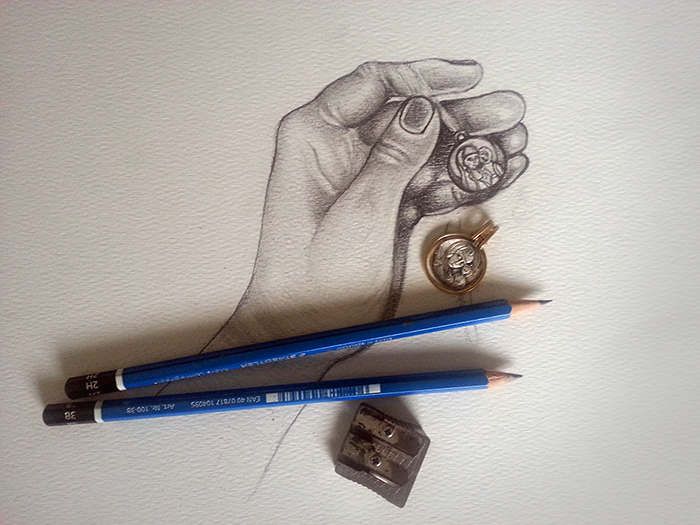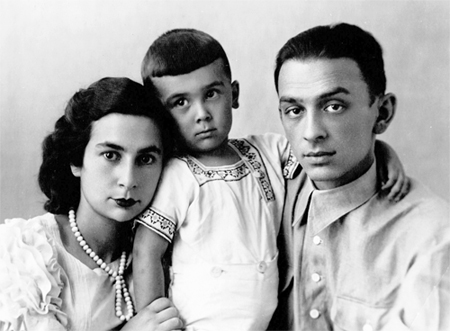- I
came to you, O’ Great Khagan, to tell you—he passed the message through his Uighur
interpreter—that by the will of the Supreme Heaven, you will receive a
special sign from above.
Surprised,
Genghis Khan paused for a moment. The newcomer is either mad, or does not
understand just how this might end for him.
-
What is the sign, and how do you know that?—asked the All-Powerful barely
containing irritation and frowning.
-
How I know cannot be disclosed. As for the sign, this I will tell you: there
will be a cloud over your head, and it will follow you.
- A cloud?!—Not
even concealing his amazement, exclaimed Genghis Khan, sharply raising his
eyebrows. And everyone around involuntarily tensed up anticipating an explosion
of Khan’s wrath. The interpreter’s lips turned white from fear. Punishment could
affect him, too.
-
Yes, a cloud,—said the diviner.—This will be a gesture by the Supreme Heaven, blessing
your highest position on earth. But you must take care of this cloud because,
having lost it, you will also lose your power.





